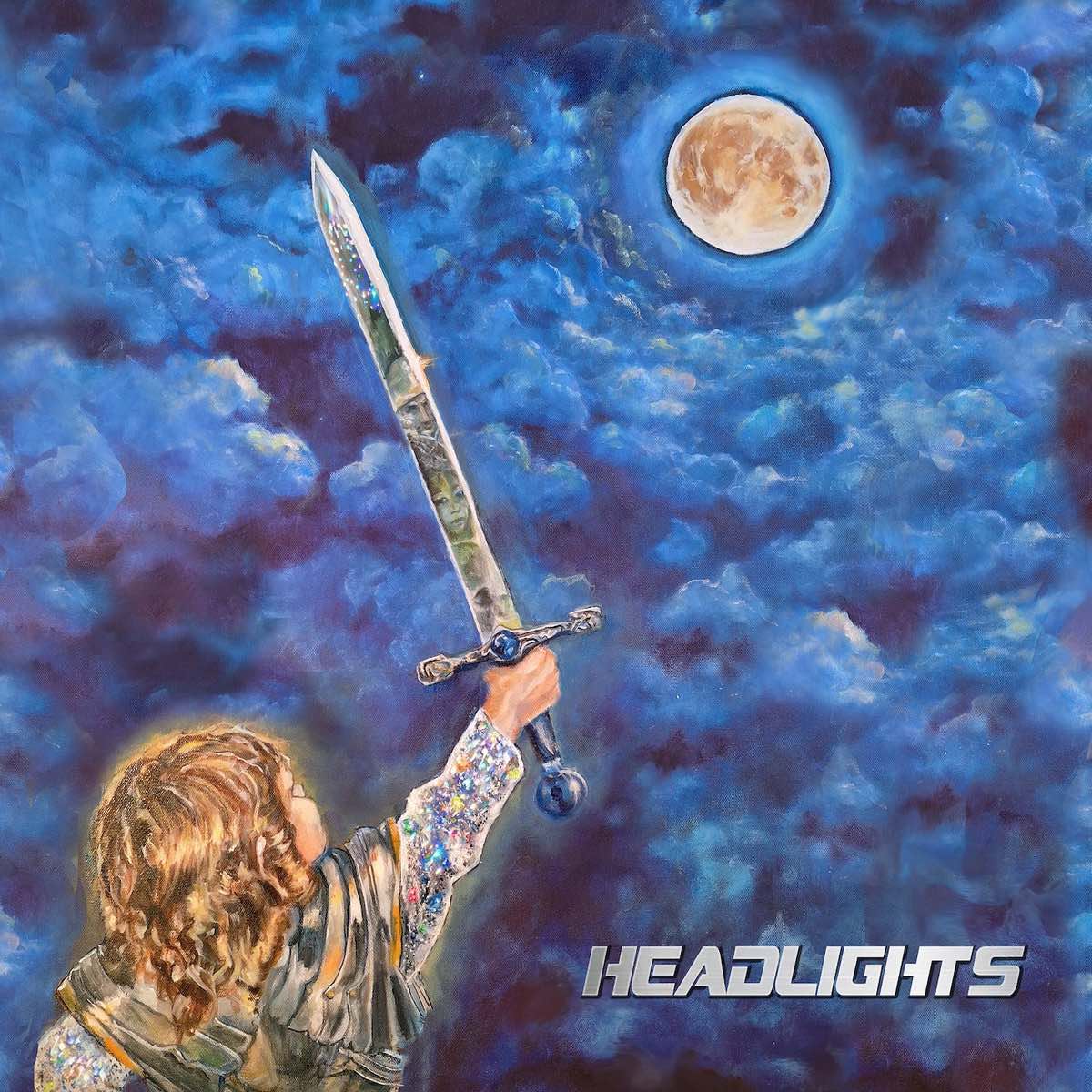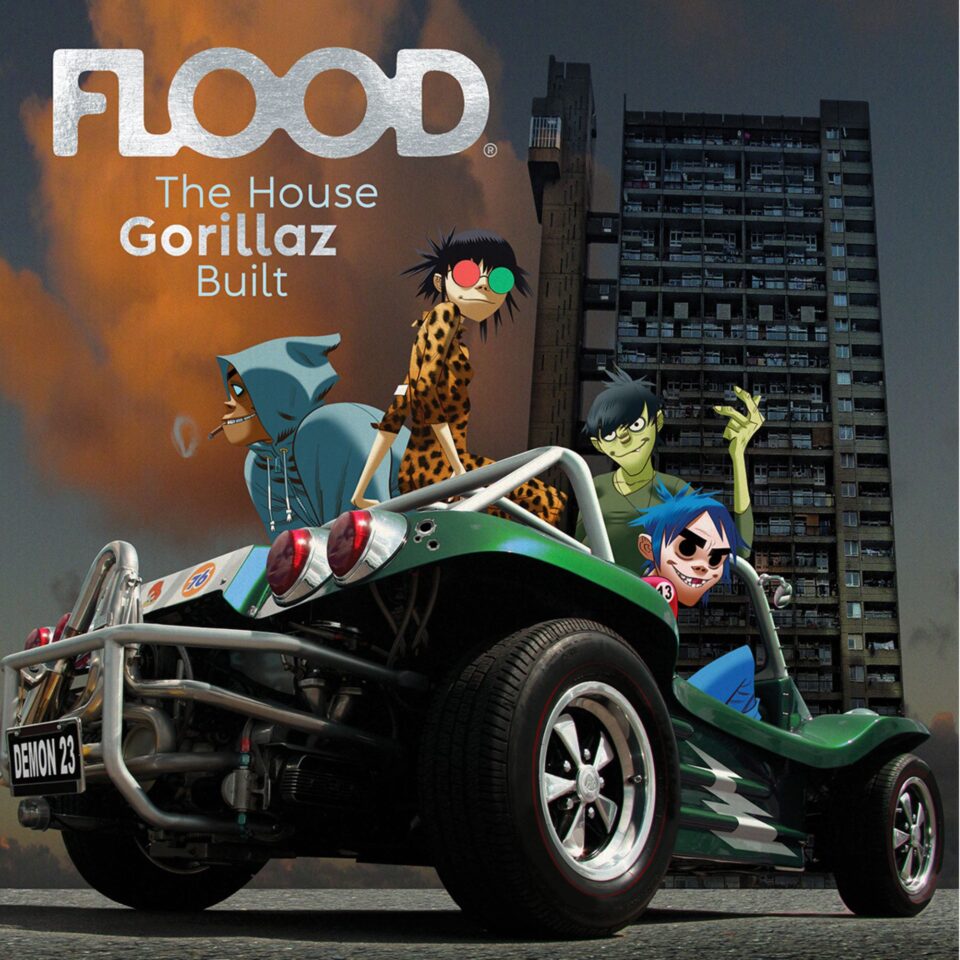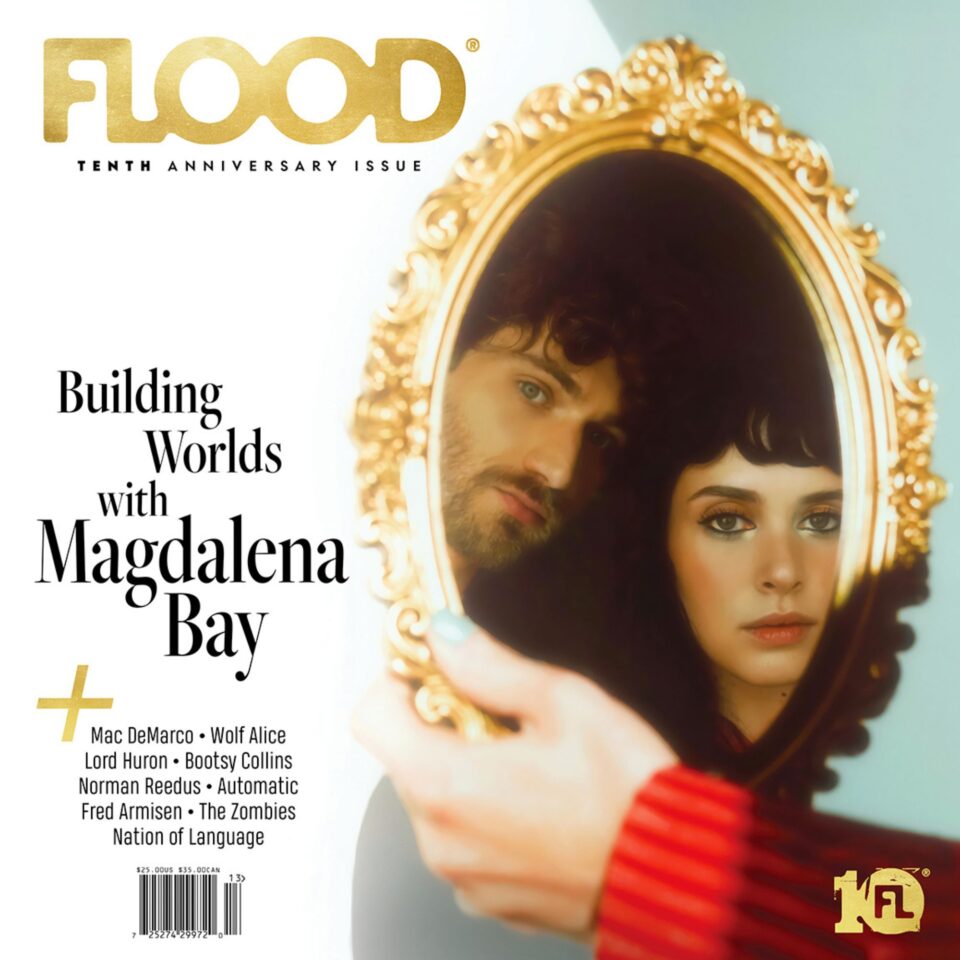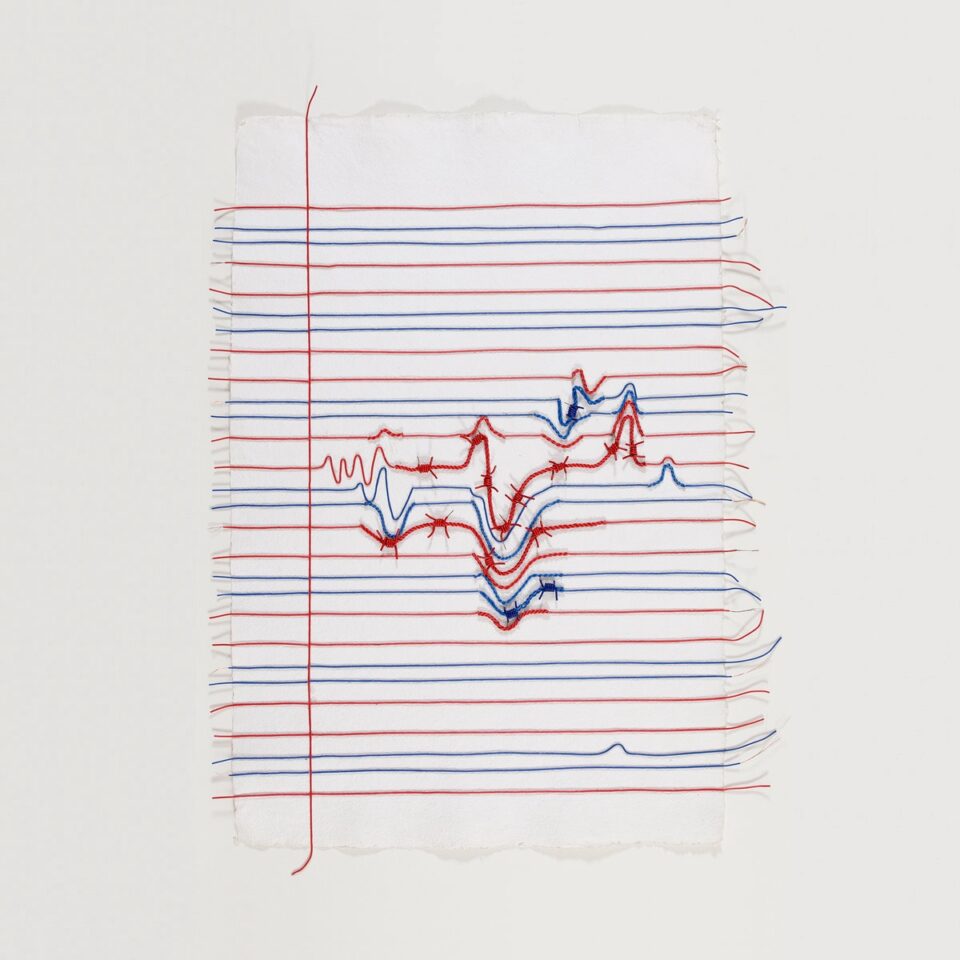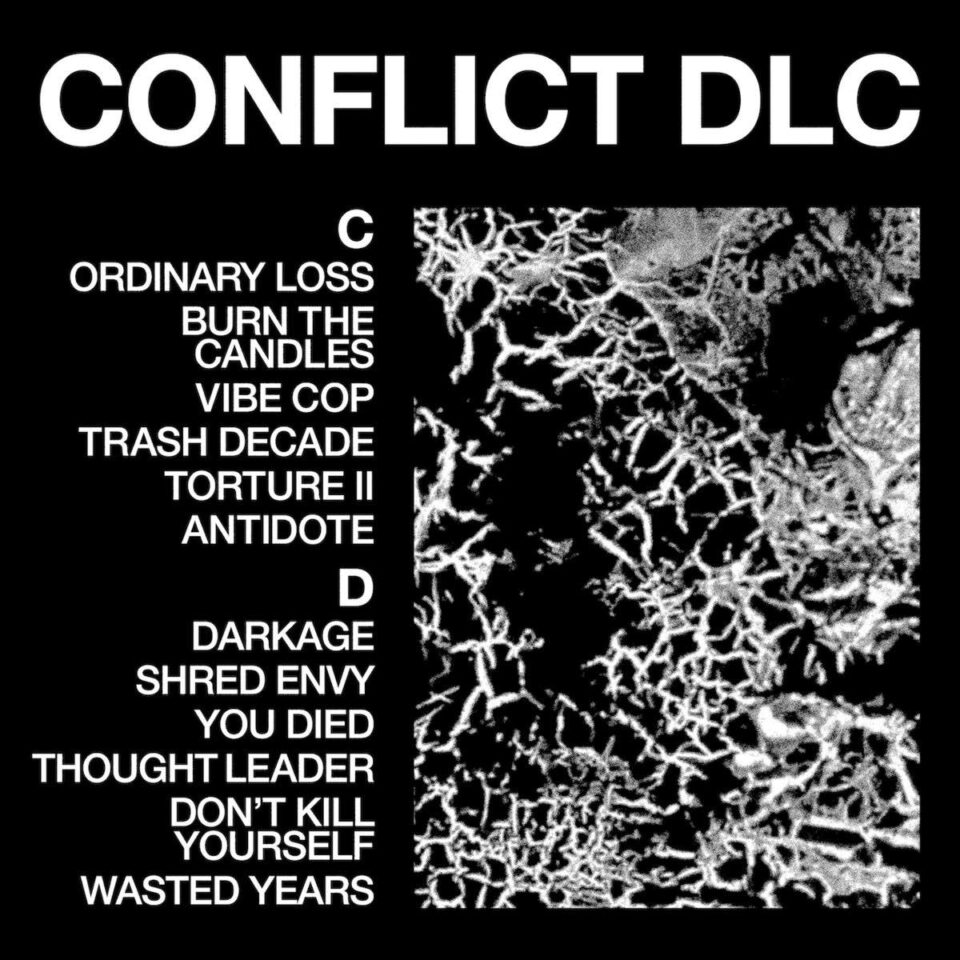Alex G
Headlights
RCA
ABOVE THE CURRENT
Sometimes it’s hard to explain why an artist just feels like they’re capturing something familiar to the zeitgeist. They don’t have to necessarily propose radical challenges to the status quo, they just have to offer up works of art that capture the mood of today in a unique and often undefinable way. Alex G is a fundamentally contemporary act in this sense. The solo musician’s profile has continually risen over the last decade in conjunction with an ever-changing yet consistently off-kilter outlook that courses through his music. Alex Giannascoli’s ability to seamlessly intertwine sincerity and irony while playfully embracing musical tropes and flipping through aesthetic choices that would seem trite in most other artists’ hands, all in service of uncovering heartfelt—yet unusual—emotional truths, sets him apart as a key metamodernist musician.
The 32 year-old’s tenth full-length album, Headlights, may be his most streamlined fusing of modernist sincerity and belief in universal truths with postmodernism’s skepticism and deconstructionism—and that’s all made evident before you even listen to any of its music. The record’s wonderful cover art (contributed, as always, by his sister Rachel) is evocative and endearing, yet its retro fantasy vibe would’ve been viewed as silly, hackneyed, and painfully earnest just a few years ago. Across its 12 tracks, Giannascoli similarly embraces earnest, dated musical tropes before smashing headlong into them, leading to explosions of messy emotional honesty.
As a key example, see the orchestral ballad “Far and Wide.” Built out of bombastic strings, a bizarre vocal delivery (sort of a combination of Kermit the Frog and Randy Newman), and lyrics about butterflies, shipwrecks, and falling stars, the track combines familiar ideas in such a creative manner that they end up uncovering new meanings within these ultra-familiar clichés. This inversion of dated motifs continues with Giannascoli’s use of instruments like pan pipes (“Real Thing”), mandolin (“Afterlife”), and brush-stroked drums (“Is It Still You in There?”). He’s intentionally drawing awareness to the instruments’ archaic or supposedly out-of-fashion qualities, but doing so without any winking postmodern archness. It’s a carefully balanced approach that must be difficult to accurately pitch, but Giannascoli does it with sharp elegance and a sense of compositional intelligence.
Giannascoli’s confidence and charisma are the other decisive factors in allowing him to make these unusual aesthetic choices. Whether or not he’s trying to deliberately (yet casually) bulldoze the barriers between sincere/ironic and innovate/clichéd, only he knows. The rest of us need to simply take heed of his approach and embrace these new sensibilities, which can help point us in the direction of new, exciting, and strange aesthetic futures.

